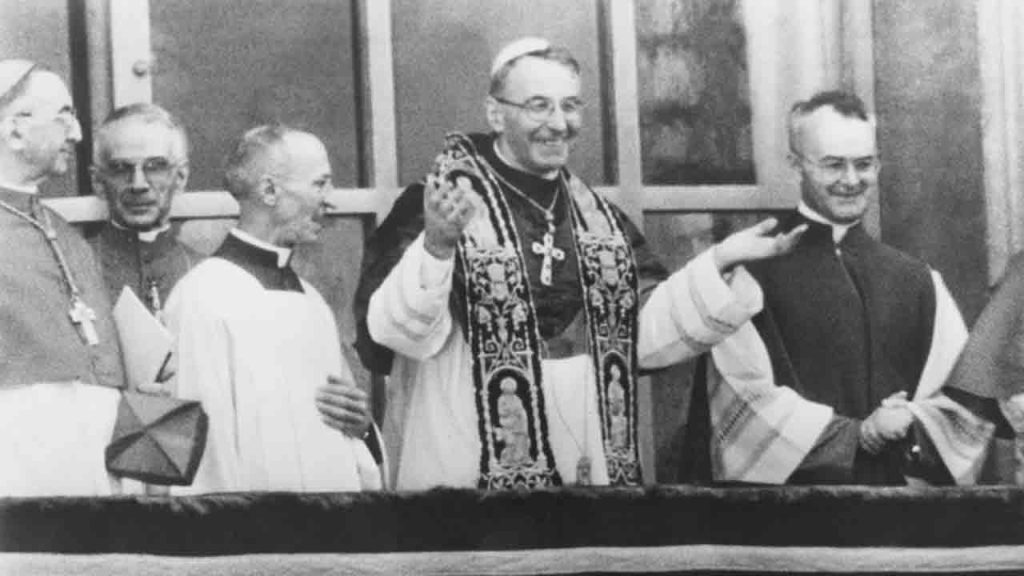On August 28, 1978, Cardinal Albino Luciani was elected pope and took the name Pope John Paul I. He had a very brief time as head of the Catholic Church, as he died of a heart attack just 33 days after his election. Born in Belluno, Italy in 1912, Luciani entered seminary at a young age and was ordained a priest at 22. He was later named the bishop of Vittorio Veneto and then the Patriarch of Venice before becoming a cardinal in 1973.
Following the death of Pope Paul VI, Luciani was one of the cardinals responsible for electing the next pope. The papal conclave took place on August 25, 1978, and Luciani was elected on the fourth ballot. There was confusion among the assembled crowd as the smoke from the Sistine Chapel chimney initially appeared gray before turning white, signaling the election of the new pope. Luciani chose the name John Paul to honor his two predecessors, Pope Paul VI and Pope John XXIII.
Pope John Paul I’s short papacy was characterized by his humility and rejection of traditional pomp. He was known as the “smiling pope” for his friendly demeanor. Just 33 days after his election, he was found dead in his bed on September 29, 1978. While the Vatican stated that his death was due to natural causes, conspiracy theories suggesting foul play have circulated. No autopsy was performed, as per custom when a pope dies, and his funeral took place on October 4, 1978.
After his death, Pope John Paul II succeeded him and honored his predecessor by taking the same name. John Paul I’s cause for canonization was opened in 2003, and he was declared “venerable” in 2017. He was beatified by Pope Francis in 2022, officially receiving the title of “Blessed.” This is a significant step towards the eventual canonization of John Paul I. Despite his short pontificate, his impact and legacy within the Catholic Church are celebrated through this process.
Pope John Paul I’s brief papacy remains one of the shortest in history, with his 33-day reign being surpassed only by Pope Urban VII. His death, while officially attributed to natural causes, has sparked speculation over the years. However, the Vatican maintains that he died of a heart attack. His funeral took place at St. Peter’s Basilica, where he was buried. The subsequent beatification and eventual canonization process demonstrate the significance of his legacy within the Catholic Church, as he is now recognized as Blessed John Paul I.


